Graphic design has undergone a whirlwind of changes with the rise of Generation Z, reshaping how visual communication speaks to the newest generation of creatives. In days past, graphic design centered on strict rules and conventional aesthetics, yet today, we're witnessing a free-spirited evolution that aligns with Gen Z's values and vibe. This dynamic cohort gravitates towards designs that reflect authenticity, inclusivity, and bold self-expression--embracing everything from maximalist to minimalist styles. While traditional graphics might suggest rigidity, Gen Z thrives on fluidity and innovation, turning the design world on its head. Up your design game with these Gen Z-inspired graphic design trends and make your mark on the digital canvas.
Aesthetic mood boards
Aesthetic mood boards have become a central creative tool for Gen Z graphic designers, serving as a digital canvas that reflects their penchant for blending nostalgia, bold visuals, and eclectic cultural references. Emphasizing highly curated yet seemingly effortless arrangements, these mood boards often juxtapose retro textures with modern minimalist fonts, neon hues with pastel palettes, and digital glitches with analog inspirations. This generation's inclination toward visual storytelling through mood boards highlights a desire to communicate complex narratives at a glance, using visual cues that resonate on an emotional level with their peers. By leveraging social media platforms, designers amplify their mood boards' reach, inviting collaboration and iteration, where each board becomes a living document that evolves with trends and personal growth.
Digital collage art
Digital collage art, a prominent facet in the graphic design scene for Gen Z, thrives through its amalgamation of varied visual elements sourced from digital archives, social media, and pop culture motifs. It embraces both the nostalgic allure of retro aesthetics and the modern vibrancy of internet culture, manifesting in eclectic compositions that resonate with the youthful, boundary-pushing spirit of its core audience. Remix culture heavily influences this genre, allowing designers to craft narratives that are both personal and universally relatable, utilizing bold color palettes, whimsical textures, and striking juxtapositions to capture the fleeting essence of the digital age. The use of interactive platforms and augmented reality features further propels digital collage art into new dimensions, fostering immersive experiences that engage and captivate a generation with a insatiable thirst for innovation and authenticity.
Y2K design elements
Graphic design for Gen Z heavily embraces the nostalgic yet futuristic allure of Y2K aesthetics, reviving elements such as metallic textures, colorful gradients, and abstract 3D forms. These designs often incorporate bold, sans-serif typography alongside holographic and iridescent overlays, giving a digital-meets-retro vibe that resonates with the tech-savvy, visually stimulated nature of Gen Z. Pixelated graphics, inspired by early 2000s internet art, pair with vivid color schemes to create a sense of dynamic motion and energy, often seen in branding and social media content aimed at younger audiences. Furthermore, asymmetrical layouts and glitch effects contribute to a sense of controlled chaos, reflecting the unpredictable yet innovative spirit of a generation deeply influenced by a rapidly evolving digital landscape.
Retro-futuristic themes
Graphic design for Gen Z often leans heavily into retro-futuristic themes, melding nostalgic elements with sleek, modern aesthetics that create a bridge between past and future. Bold, neon color palettes commonly dominate these designs, capturing the vibrant zeitgeist of an era imagined through the lens of technology. Chrome-like textures and digital glitches add layers of depth and intrigue, serving as a nod to both analog nostalgia and digital innovation. Typography plays a pivotal role, often employing fonts that echo the chunky, geometric styles of the 1980s, yet are reimagined with a cleaner, contemporary twist suitable for the digital age.
Vaporwave graphics
Vaporwave graphics, resonating deeply with Gen Z, offer an eclectic fusion of retro tech aesthetics and surrealist elements that evoke nostalgia and futuristic visions. Bold neon palettes contrasting with pastels delineate hyper-saturated landscapes that echo the 80s and 90s internet culture. This genre often incorporates glitch art, Greek statues, and retro-futuristic motifs juxtaposed with pixelated graphics, creating a dream-like environment that challenges perceptions of time and space. The usage of retro computer interfaces, Japanese text, and nostalgic visual imagery such as VHS tapes or early Microsoft software icons further emphasizes a critique of contemporary consumerism and a longing for the analog past, making it a compelling representation of postmodern irony.
Bold typography choices
Bold typography choices in graphic design for Gen Z demonstrate a distinct preference for strong visual statements, prioritizing clarity and impact over subtlety and understatement. Designers often utilize oversized fonts with thick strokes to draw attention, reflecting the generation's desire for authentic and unambiguous communication in a digital environment saturated with information. Experimental typography often incorporates vibrant color palettes and dynamic layouts, ensuring that text becomes an integral part of the overall visual composition rather than merely serving a functional purpose. The interplay of scale, color, and innovative typographic forms caters to Gen Z's inclination towards eclectic and visually arresting aesthetics, underscoring their affinity for brands and messages that resonate with boldness and modernity.
Interactive web visuals
Graphic design tailored for Gen Z emphasizes interactive web visuals, driven by their penchant for digital interactivity and short attention spans. Design elements capitalize on immersive experiences, featuring vibrant colors, fluid animations, and interactive layers that encourage user engagement. Graphics are often dynamic, allowing users to click, hover, and swipe to uncover new content or alter visual elements. The designs incorporate intuitive navigation and gamified interactions, harnessing technologies like WebGL and SVG animations, to create a sense of personal investment and exploration in the content displayed.
Inclusive illustration styles
Inclusive illustration styles for Gen Z prioritize diversity and representation, capturing the essence of a generation characterized by its openness and advocacy for social justice. This design approach incorporates a wide array of skin tones, gender expressions, body types, and cultural symbols, reflecting the multifaceted identities that Gen Z individuals embrace and champion. Illustrators often employ bold, vibrant colors and dynamic compositions to convey positivity and ensure that the visual language resonates with the youthful, activist spirit of the audience. Additionally, these designs frequently blend digital and traditional techniques, creating visually rich artworks that challenge stereotypes and celebrate authenticity, ultimately fostering a sense of belonging and connection among Gen Z viewers.
Augmented reality filters
Augmented reality (AR) filters have become an intrinsic part of graphic design for Generation Z, offering a unique blend of creativity and technology that resonates deeply with these digital natives. These filters transform everyday experiences into interactive artworks by overlaying digital elements onto the real world, enabling Gen Z to express their individuality and creativity instantaneously through social media platforms such as Instagram and TikTok. Designers are leveraging cutting-edge technologies to create highly customizable filters that adapt to facial movements and lighting conditions, thus ensuring an immersive and personalized user experience. Moreover, the rise of AR in graphic design extends beyond entertainment; it's used for educational purposes, virtual try-ons, and even social activism, allowing Gen Z to engage with content that is not only visually stunning but also meaningful and relevant to their worldviews.






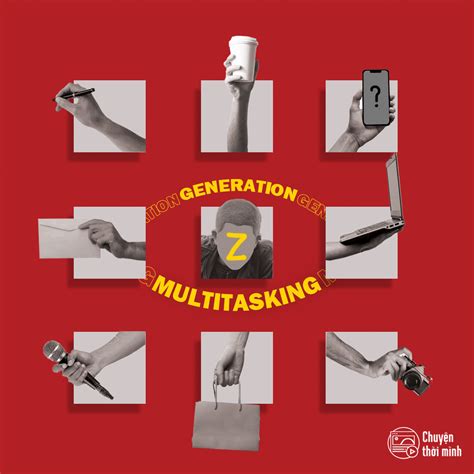
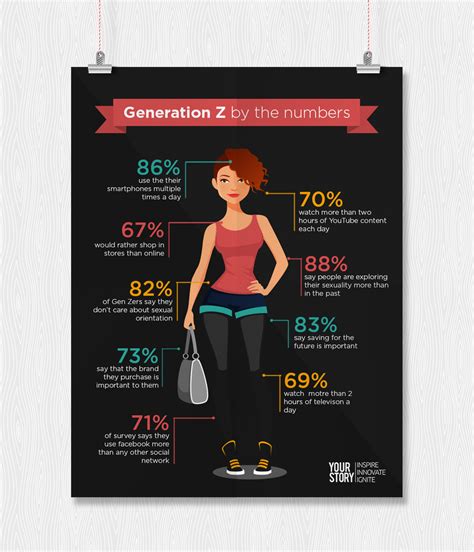
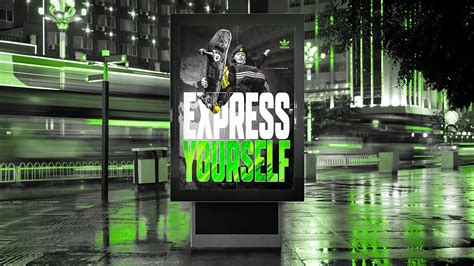
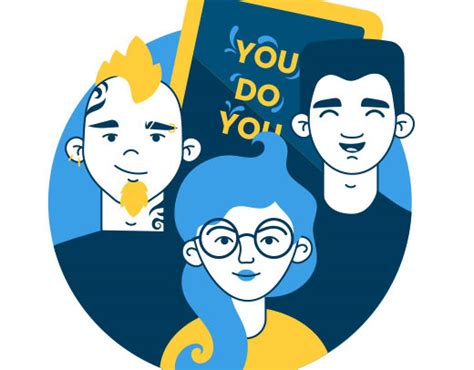
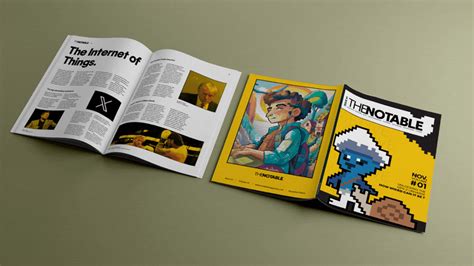
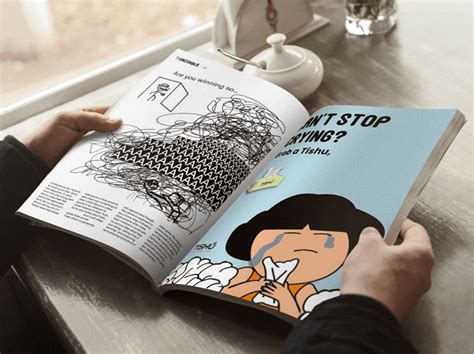
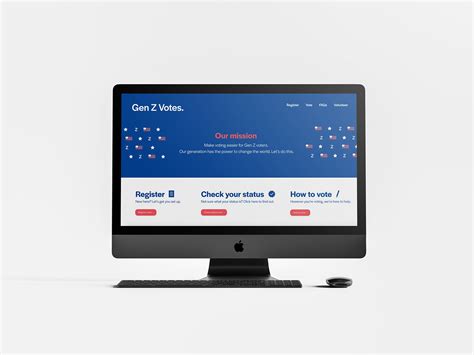
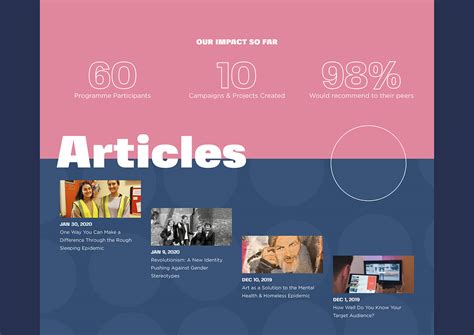
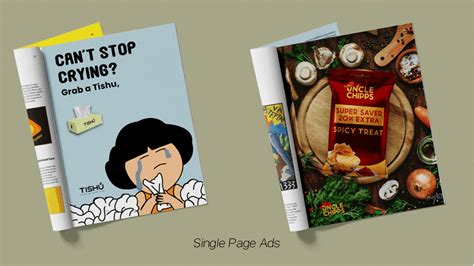
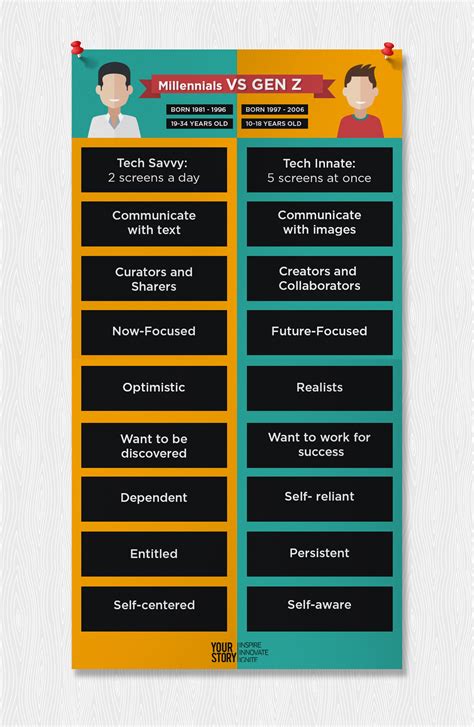
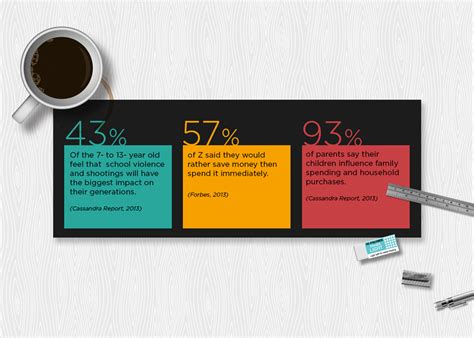
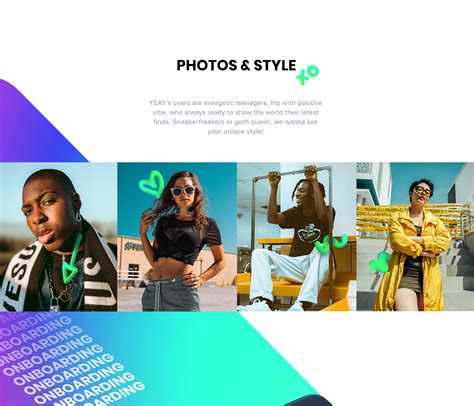
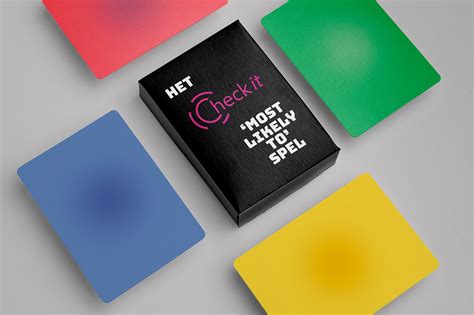
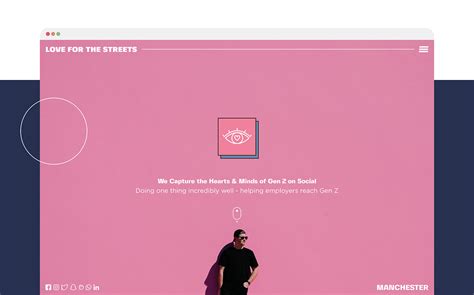
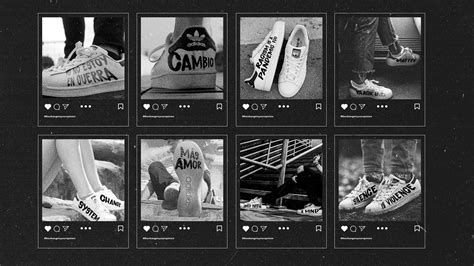
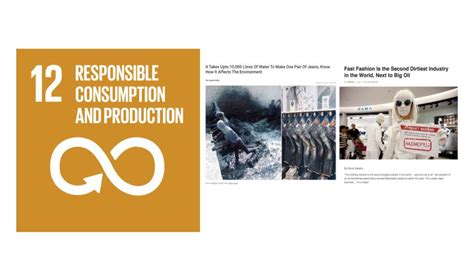
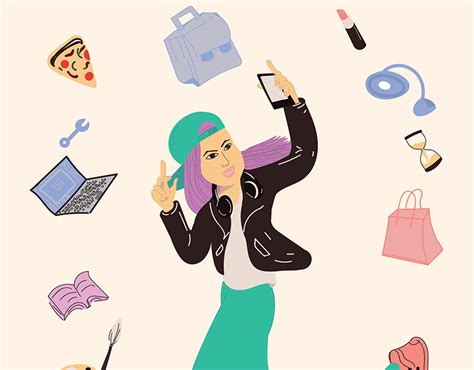
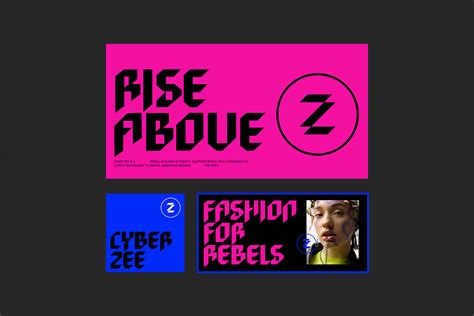
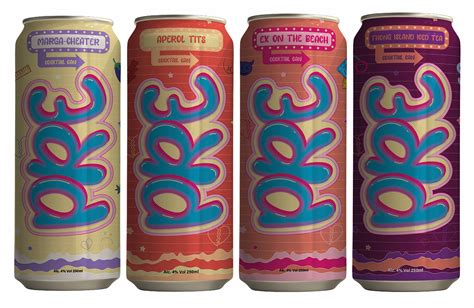
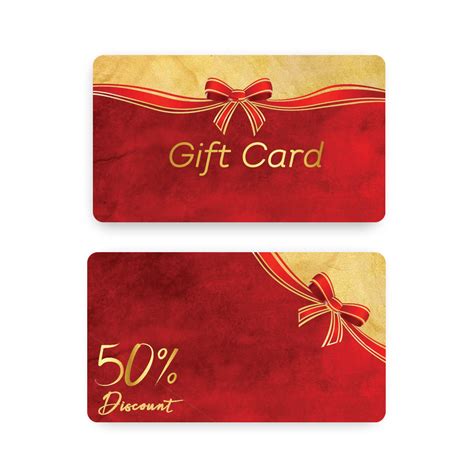

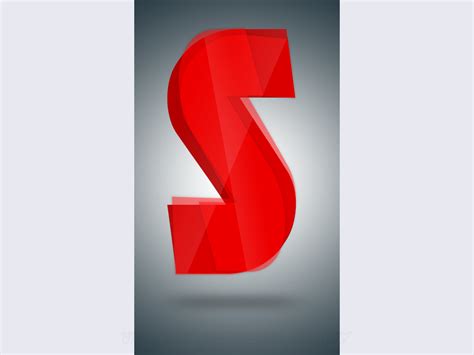
Leave a Reply
Your email address will not be published.